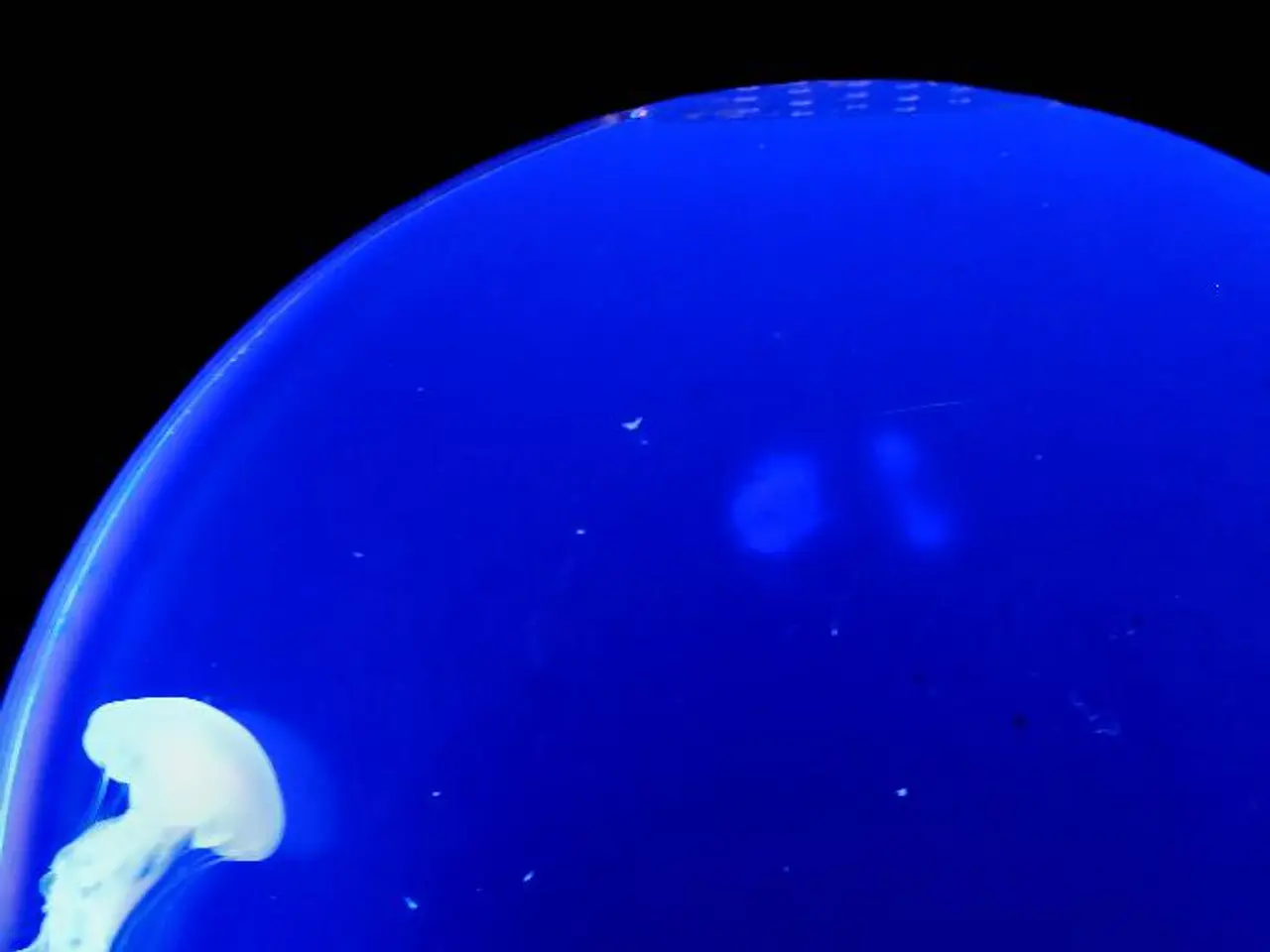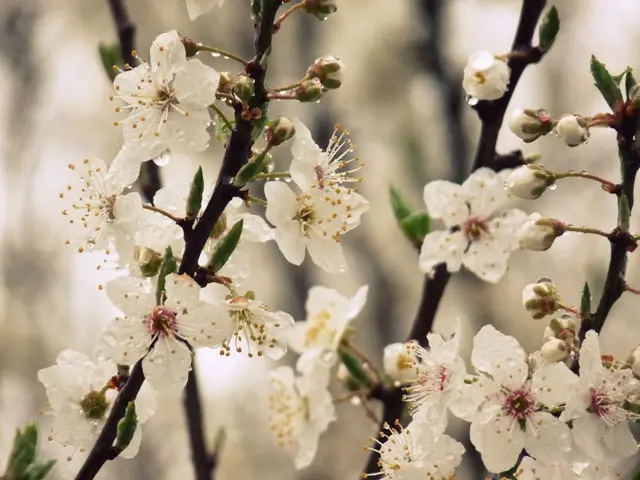Image Capturing of the Miniature Pygmy Seahorse Species
Photographing Pygmy Seahorses: A Guide to Minimizing Impact
Pygmy seahorses, the diminutive marine creatures known for their vibrant colours and intricate camouflage, require a delicate approach when it comes to underwater photography. Here are some best practices to ensure sustainable and ethical photography of these elusive animals.
First and foremost, maintaining excellent buoyancy control is crucial to avoid damaging fragile coral habitats where pygmy seahorses reside. It's essential to avoid any physical contact or disturbance to the seahorses and their surroundings, as they are tiny and often live among sensitive corals like gorgonians.
Using natural light or soft artificial lighting is another key factor. This reduces stress or sudden flashes that may disturb the pygmy seahorses. Keeping a steady position is also important to frame shots well without sudden maneuvers that could harm the reef or the animals.
Planning ahead to minimize dive time at the site is another important consideration. This helps reduce the overall disturbance to the habitat. Working with a knowledgeable dive guide experienced in locating and ethically photographing pygmy seahorses ensures the animals are approached responsibly.
Using appropriate macro lenses and camera housing suited for close-up underwater photography is necessary to capture details without needing to get too close or invasive. Compact camera systems are advantageous for this purpose due to their smaller size and maneuverability underwater.
Shorter focal length lenses or lens/diopter combinations on compact cameras result in a deeper depth of focus at the smallest f-numbers. This is beneficial when shooting pygmy seahorses, which are typically found relatively deep, often below 60 feet and more like 90 feet.
When it comes to shooting techniques, a single strobe placed above the centerline of the lens presents excellent results. Focus and framing are done via the LCD on the back of the compact camera underwater. Spot focus is recommended, with the focal point always placed on the eye of the seahorse.
Pygmy seahorses lend themselves well to the vertical shooting format. Side portrait shots are easier to achieve and can be particularly stunning if the animal is isolated from the host with negative space behind its perch. Snoots can be difficult to use when shooting pygmy seahorses due to the light source needing to be close to the subject.
Lastly, it's important to remember to check your images in your LCD and histogram for proper exposure, clipping, and focus before leaving your subject. Respecting local regulations and marine protected area rules is also essential to support conservation efforts. These guidelines help capture the delicate beauty of the pygmy seahorse without damaging their environment or causing them stress, thereby promoting sustainable underwater photography practices.
Read also:
- Harsh Desert Environments Support Thriving Fruit Groves: Agriculture in Severe Climates
- One night of sleep deprivation can cause changes in our genes, according to a research study.
- Threat of heart attacks on the rise due to intense heat and polluted air conditions
- Exploring French Cinema via IPTV: A Pleasure Unveiled





